Wastewater Collection (Sanitary Sewer) Projects#
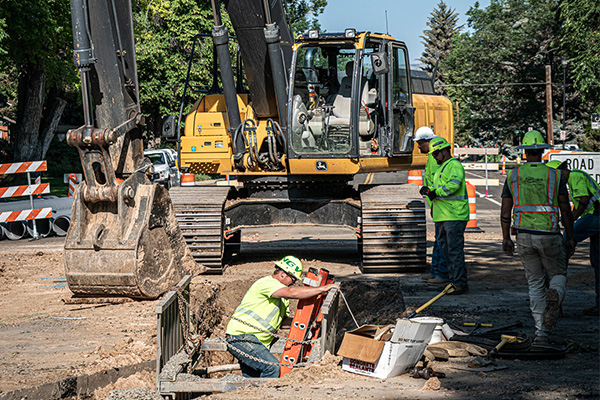
Mulberry Street at City Park Sewer Replacement Project (2022)
Sewer lines in the neighborhoods west of City Park are some of the oldest in the city, dating back about 100 years. The new Mulberry Sanitary Sewer Replacement Project will be in the neighborhoods west of City Park Lake (Sheldon Lake).
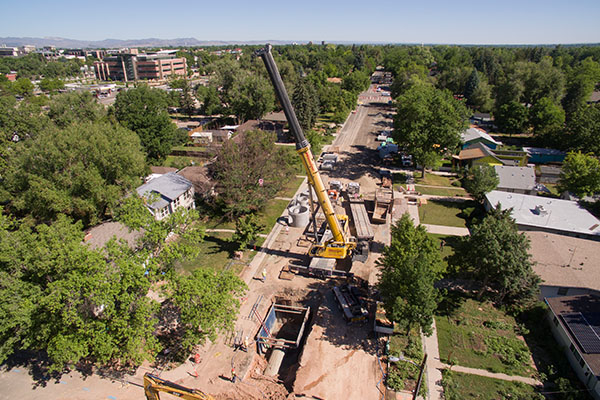
Remington Street Stormwater Improvements & Sewer Line Replacement (2020)
An undersized stormwater system and aging sanitary mains were replaced in Remington Street from Spring Park Drive to Prospect Road from February to August 2020.
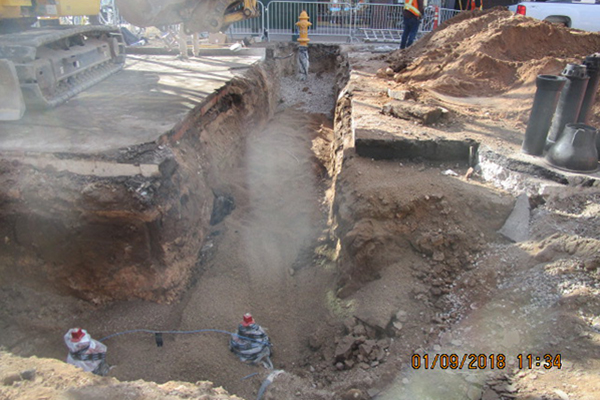
Walnut Street Water and Sewer Rehabilitation Project (2017-2018)
This project, from April 2017-March 2018, replaced lines and addressed failing infrastructure that caused water quality concerns, low levels of fire protection and maintenance problems.
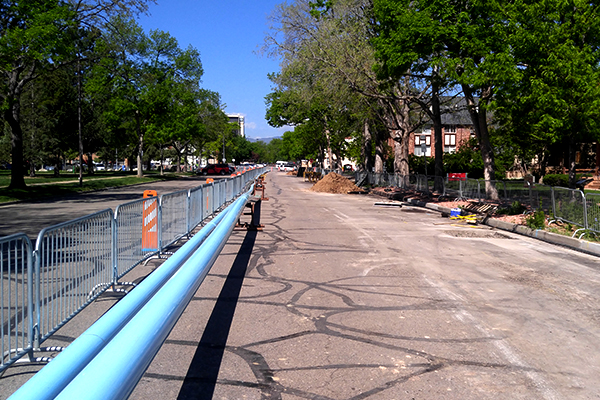
Library Park Waterline and Sewer Improvements (2018)
From May-August 2018, Fort Collins Utilities replaced old and undersized water and sewer infrastructure in the Old Town Library Park neighborhood.
North Shields Street Sanitary Sewer Extension (2015)
To address failing septic systems in this Fort Collins Growth Management Area (GMA), Utilities installed 4,000 ft. of 21-inch sewer main north of the river to Willox Lane and 1,700 feet of 8-inch sewer south of the river to Arthur Ditch.
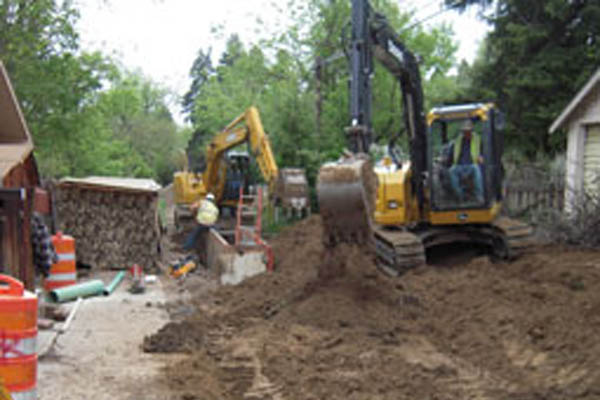
Sheely Water & Sewer Improvements (2012)
Water and sewer system improvements in the Sheely neighborhood were a top priority construction project in 2012. Crews connected dead-end water lines (increase water circulation), replaced sections of sanitary sewer lines and manholes, and lined manholes in place.
Did You Know?
Completing a building tune-up (retro-commissioning) ensures existing systems perform as designed.
Installing cooking vent hood controls with VFD fans and sensors (rebates available) at your business can help save energy and money.
Small leaks and drips add up. Don't drip and drive.